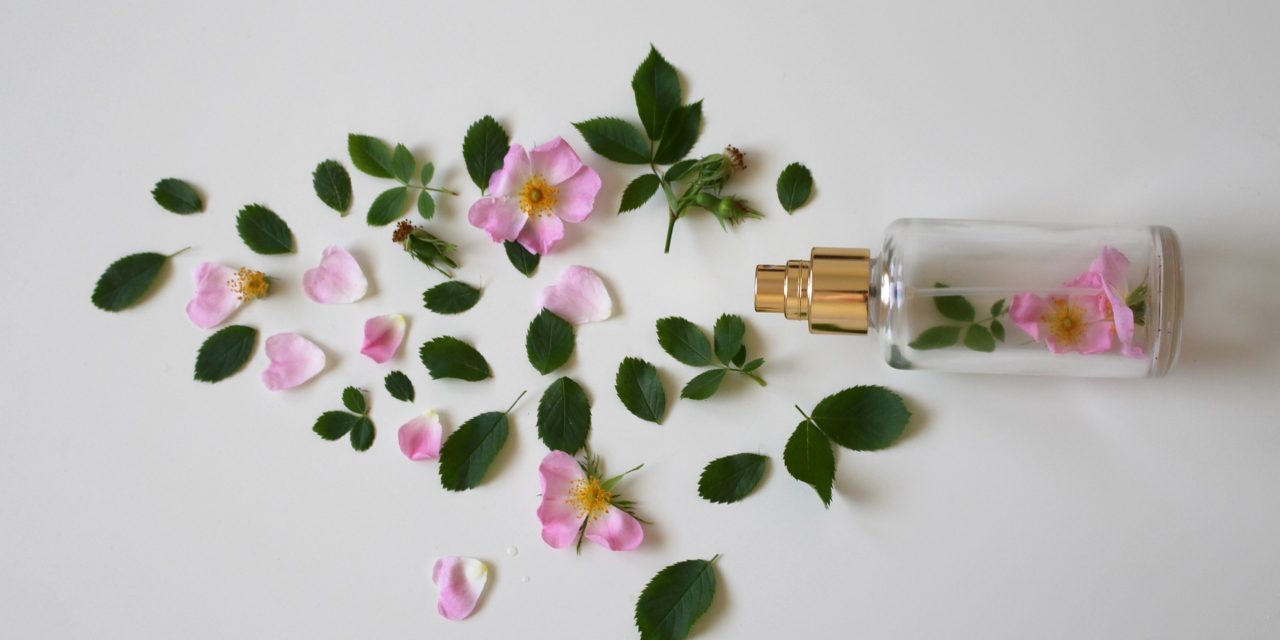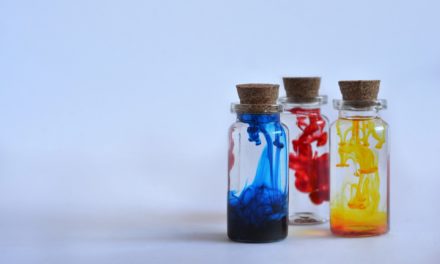What is it:
Fragrance is a volatile reaction that in its very nature is irritant to skin. It is used to enhance a products appeal.
What does it look like?
It looks harmless oil, it is colorless and beautifully fragrant.
What is it used for:
Its used to enhance a product, add the olfactory experience to the main ingredient of the product and has mood altering capability.
Why we are featuring it:
The natural reaction of fragrance is known to cause a sensitizing reaction on skin. In fact, research has established skin care products with fragrance are top skin irritants and this is the case for all skin types.
While the reaction is not visible and so the first thing we want to experience when trying a skin care product is take a whiff of the heavenly fragrance, and know that the damage it can cause is very real. The damage happens slowly, over years. Minor reactions like sensitive skin, slight redness, appearance of fine lines, minor rash are more common and ignored than we would like these to be. In the short term these don’t seem like much but over a period of time the problems get worse. Its quite akin to sun damage! A few minutes, days, few weeks, months without sunscreen seems an innocent mistake and bam- down a year there is pigmentation and skin tone variation. The truth and science is that skin damage starts to occur within a few minutes in the sun.
You might wonder why you don’t see the damage sooner and so question if there is any damage at all. You are right too. You see the damage that is occurring is at the subdermal layer, its occurring at a cellular level altering the way the cells function. Its an innocent reaction of the cells in an attempt to heal the skin by creating more melanin, and what you see on the surface is pigmentation or melasma. This reaction can take years to show up, but it will show up.
Phthalates
Phthalates are positively linked to hormonal disruption. Phthalates like dibutyl phthalate (DBP), DEHP and DEP, are suppose to be declared on the product labels, but most are not listed. These dangerous phthalates are also clubbed and hidden under the term “fragrance” or “parfum”.
The science behind it is well documented and we could share it too with you. Do drop us a line if you would like to know more.
References:
Experimental Dermatology, October 2009
International Journal of Toxicology, Volume 27, 2008
Food and Chemical Toxicology, February 2008
Skin Pharmacology and Physiology, 2008 (4rth issue)
American Journal of Clinical Dermatology, 2003 (11th issue)




